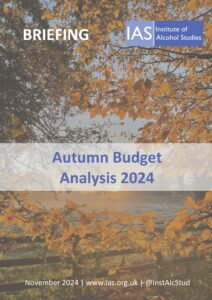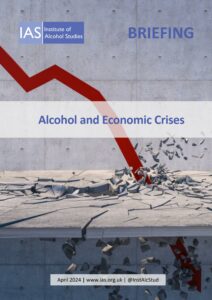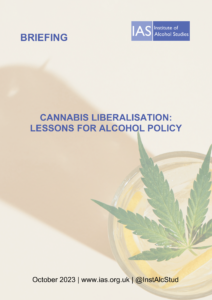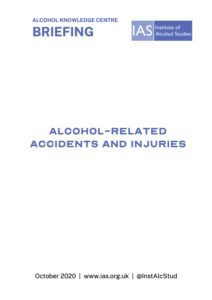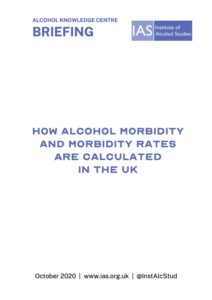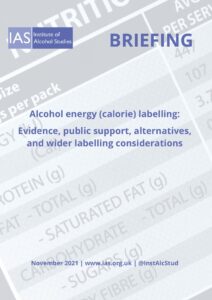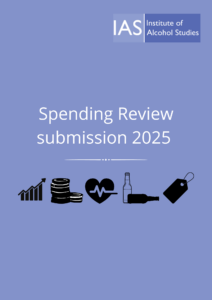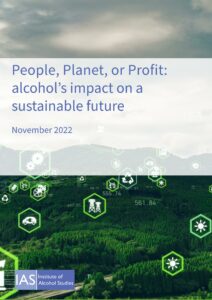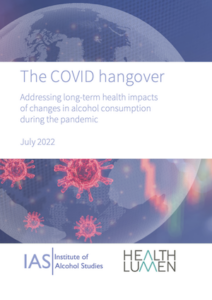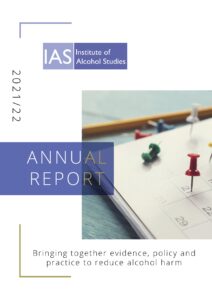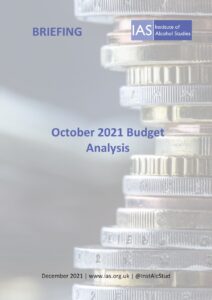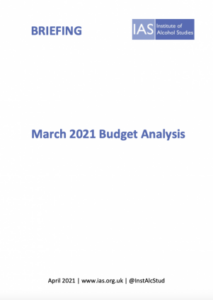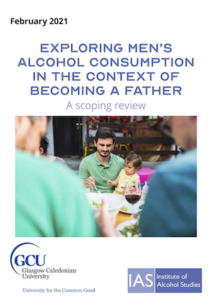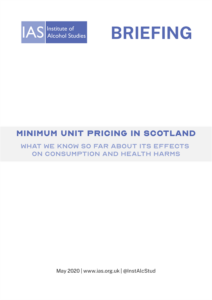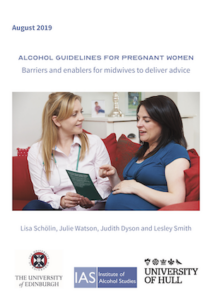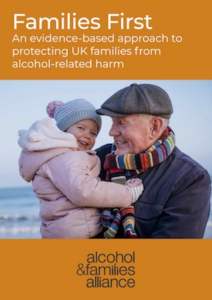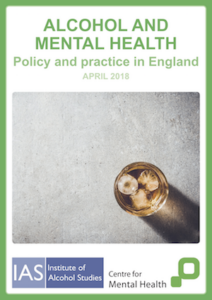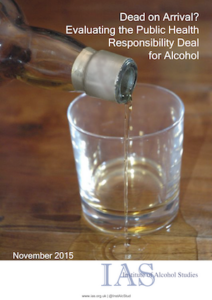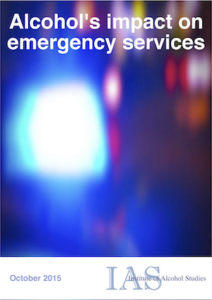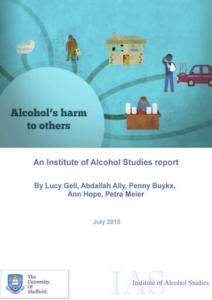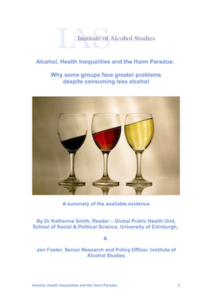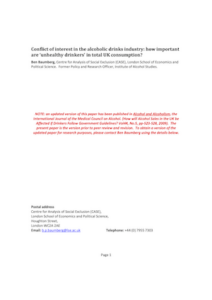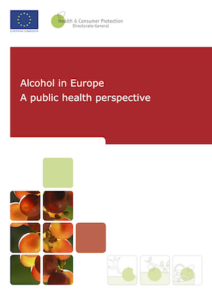On this page
Alcohol significantly impacts health. Globally, the World Health Organisation (WHO) estimates that harmful use of alcohol results in 3.3 million deaths every year, representing 5.9% of all deaths, and that alcohol is a causal factor in more than 200 disease and injury conditions. Overall 5.1% of the global burden of disease and injury is attributable to alcohol, as measured in disability-adjusted life years (DALYs).
Alcohol consumption causes death and disability relatively early in life, and there are gender differences in alcohol-related mortality, morbidity, as well as levels and patterns of alcohol consumption.
The impact of alcohol consumption on health outcomes in populations is largely determined by two separate but related dimensions of drinking: 1) the total volume of alcohol consumed; and 2) the pattern of drinking. In addition, there is evidence that a nation’s alcohol consumption directly impacts on the health of its citizens.
Facts and stats
- Alcohol is a causal factor associated with over 200 medical conditions (WHO, 2022)
- Alcohol is the leading risk factor for death, ill-health, and disability amongst 15-49-year-olds in the United Kingdom. (VizHub – GBD Results, 2019)
- Alcohol-specific mortality: Deaths from conditions wholly caused by alcohol. This definition is also used by the Office of National Statistics in their annual UK data release.
- Alcohol-related mortality: Deaths from conditions which are wholly or partially caused by alcohol. For partially attributable conditions, a fraction of the deaths is included based on the latest academic evidence about the contribution alcohol makes to the condition. (OHID, 2023)
- In 2023, there were 10,473 alcohol-specific deaths registered in the UK, a rate of 15.9 deaths per 100,000 people (Office for National Statistic, 2025)
- This is 4.2% more deaths than in 2022, and 38.4% more deaths than 2019 (pre-coronavirus pandemic)
- This is the highest number of annual deaths from alcohol recorded since 2001 when recording began
How many people die from alcohol in the UK, by ONS records? by The Institute of Alcohol Studies
- In 2023, 8,276 people died in England from alcohol-specific causes, a rate of 15.0 deaths per 100,000
- 1,277 people died in Scotland, a rate of 22.6 deaths per 100,000
- 562 people died in Wales, a rate of 17.7 deaths per 100,000
- 341 died in Northern Ireland, a rate of 18.5 deaths per 100,000
Deaths per UK nation 2001 onwards by The Institute of Alcohol Studies
Ratio of Scot:Eng death rate – log scale by The Institute of Alcohol Studies
Deaths per English region 2001 onwards by The Institute of Alcohol Studies
Deaths per region 2001 onwards by The Institute of Alcohol Studies
- Male alcohol-specific deaths in England and Wales are 4 times higher in the most deprived areas than the least deprived areas. (ONS, 2025)
- In Scotland, people in the most deprived areas are six times more likely to be admitted than those in the least deprived areas. (PHS, 2023)
- The alcohol-specific death rate is 50% higher in the North East relative to the English average. (ONS, 2025)
- Across the UK, the alcohol-specific death rate for males is twice the rate for females (ONS, 2025)
Male death rate by deprivation by The Institute of Alcohol Studies
Female death rate by deprivation by The Institute of Alcohol Studies
- Over 75 people die every day in the UK because of alcohol (Scotland, Wales and Northern Ireland do not regularly publish data on alcohol-related deaths)
-
- 22,644 people died from alcohol-related causes in England in 2023 (OHID, 2025)
- 3,705 people died from alcohol-related causes in Scotland in 2015 (ScotPHO)
- 1,500 people die from alcohol-related causes in Wales each year (PHW)
- 341 people died from alcohol-specific causes in Northern Ireland in 2023 (ONS)
- The highest alcohol death rates in the UK are among men and women aged 50 to 69 years of age
What is the UK alcohol mortality rate, by sex and by age? (ONS) by The Institute of Alcohol Studies
- Alcoholic liver disease accounts for over three quarters of alcohol-specific deaths in the UK
What is the main cause of deaths from alcohol in the UK?* by The Institute of Alcohol Studies
- Alcohol causes 7 types of cancer: Breast, Larynx, Mouth, Throat/Pharynx, Oesophageal, Liver, and Bowel
- This happens because your body breaks alcohol down into the reactive, highly toxic chemical ‘acetaldehyde’, which damages DNA and prevents your body from repairing the damage
- When DNA is damaged, a cell can begin growing out of control and create a cancer tumour
Cancer cases by The Institute of Alcohol Studies
- Alcohol-related cancers cause a similar number of deaths to alcohol-related liver disease
- Public awareness that alcohol causes cancer is very low, with only 13% of people identifying cancer as a health outcome of alcohol consumption (ScHARR)
Cancer deaths by The Institute of Alcohol Studies
- Broad measure – where the primary reason for hospital admission or a secondary diagnosis was linked to alcohol.
- Narrow measure – where the main reason for admission to hospital was attributable to alcohol. (NHS, 2022)
- By the broad measure:
- In 2023/24, there were a total 1,018,986 alcohol-related hospital admissions in England, at a rate of 1,824 per 100,000 persons (OHID, 2025)
- By the narrow measure:
- In 2023/24, there were a total 280,747 alcohol-related hospital admissions in England, at a rate of 504 per 100,000 persons (OHID, 2025)
In 2022/2023 there were:
-
- 31,206 alcohol-related hospital admissions in Scotland (PHS, 2024).
- 92% were treated in general acute hospitals (28,800)
- 8% of admissions occurred in psychiatric hospitals (2,406)
- Men were 2.4 times more likely than women to be admitted to general acute hospitals for alcohol-related conditions (749 stays per 100,000 compared to 315 stays per 100,000)
- People in the most deprived areas were seven times more likely to be admitted to general acute hospitals for an alcohol-related condition than those in the least deprived areas (849 patients per 100,000 compared to 127 patients per 100,000)
- 31,206 alcohol-related hospital admissions in Scotland (PHS, 2024).
How many alcohol-related hospital admissions are there in Scotland? by The Institute of Alcohol Studies
- By the broad measure:
- There were 52,118 admissions of 32,716 patients to Welsh hospitals in 2022/2023.
- (Public Health Wales, 2024)
- By the narrow measure:
- There were 12,628 admissions involving 8,464 patients to Welsh hospitals in 2022/23. (Public Health Wales, 2024)
- There were over 27,000 alcohol-related admissions to hospitals in 2017/18, the majority of which were for mental and behavioural disorders
- 21,087 mental and behavioural disorders due to use of alcohol
- 5,071 alcoholic liver disease cases
- 1,715 cases due to toxic effect of alcohol (DoH, 2019)
- In England in 2023/24, there were 94,173 adults in contact with alcohol treatment services – 60% male and 40% female. (OHID, 2024)
- In England, only one in five dependent drinkers are predicted to be in treatment. (PHE, 2021)
- 57% of those starting treatment for alcohol in 2023/24 were self-referred. (OHID, 2024)
- From 2013/14 to 2019 there was a 20% decline in the number of people entering alcohol treatment, despite the number of people in need remaining stable. Numbers entering treatment increased since, and there was a 9% rise in people seeking treatment for alcohol only from 2022/23 to 2023/24. (OHID, 2024)
Alcohol treatment numbers by The Institute of Alcohol Studies
Briefings
Publications
Blogs

Policies that single out pregnant people’s drinking aren’t working, but there are other policies that appear to help
3rd April 2025

Gone but not forgotten: Why was the Northern Territory’s Minimum Unit Price removed?
1st April 2025

“A meal is a way of connecting with somebody”
19th March 2025

Rainbow-washing or genuine allyship? How alcohol companies target the LGBTQ+ community
10th March 2025

‘Dark Apps’ uncovered: popular alcohol tracking apps backed by the alcohol industry mislead users
25th February 2025

Alcohol calorie labelling might help change drinking habits
6th February 2025

It’s just a matter of time: drone-delivered alcohol in your neighbourhood
29th January 2025

Latest Welsh research shows minimum pricing remains a cornerstone of alcohol harm reduction
20th January 2025

